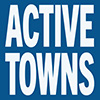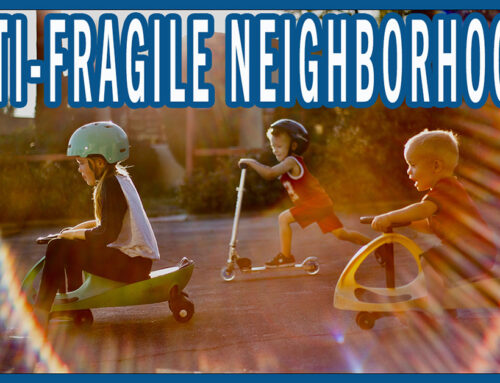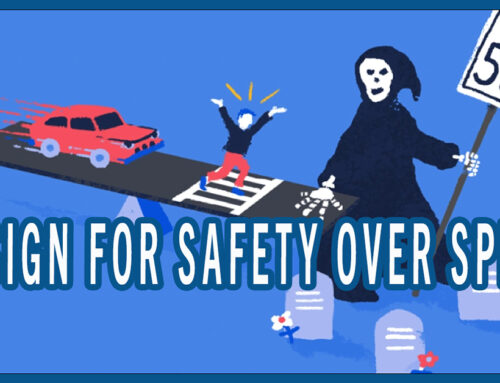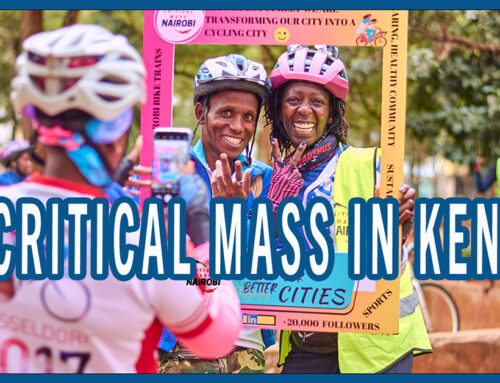Season 1 Episode 8: MOVING FORWARD WITH MOVEATX
In this episode we are joined by Jim Wick, Lead Organizer with MOVEATX an advocacy organization dedicated to helping create a new mobility future for Austin, TX and the issues we discuss are most certainly relevant to many other cities in North America.
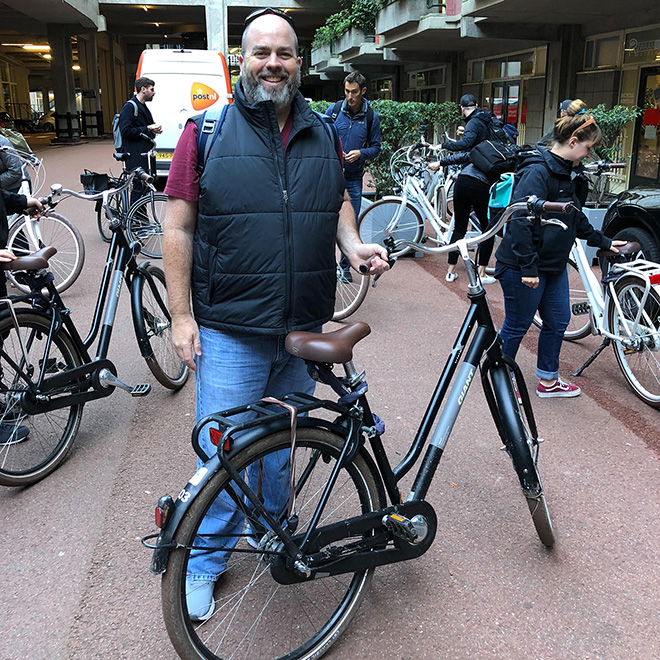
“A fietsstraat (cyclestreet) where bicycles are the main form of transport and cars are considered “guests”.
A fietsstraat (cyclestreet) is a road where bicycles are considered to be the primary and preferred form of transport and where cars and other motorised vehicles are allowed “as guests”. There are four different types of fietsstraat but they are all required to have a speed limit of 30 km/h or less and are usually coloured in the same red asphalt as bike paths.[36] Fietsstraat streets exist mostly in residential areas where low-traffic roads exist anyway. A fietsstraat was in most cases originally a road that had low-traffic volumes beforehand and was therefore easily converted. They are an important type of infrastructure which makes Dutch towns and cities safer for cyclists. They can also be used for route separation to enable cyclists to avoid busier roads and have direct routes into and through towns.”
The Benefits of Cycling Infrastructure to Drivers
Audio Production by Active Towns
A not-for-profit organization dedicated to helping communities create a Culture of Activity.
Creative Commons License: Attributions Non-Commercial No Derivatives 2020
Music: UP! by Marshall Usinger via AudioBlocks.com
